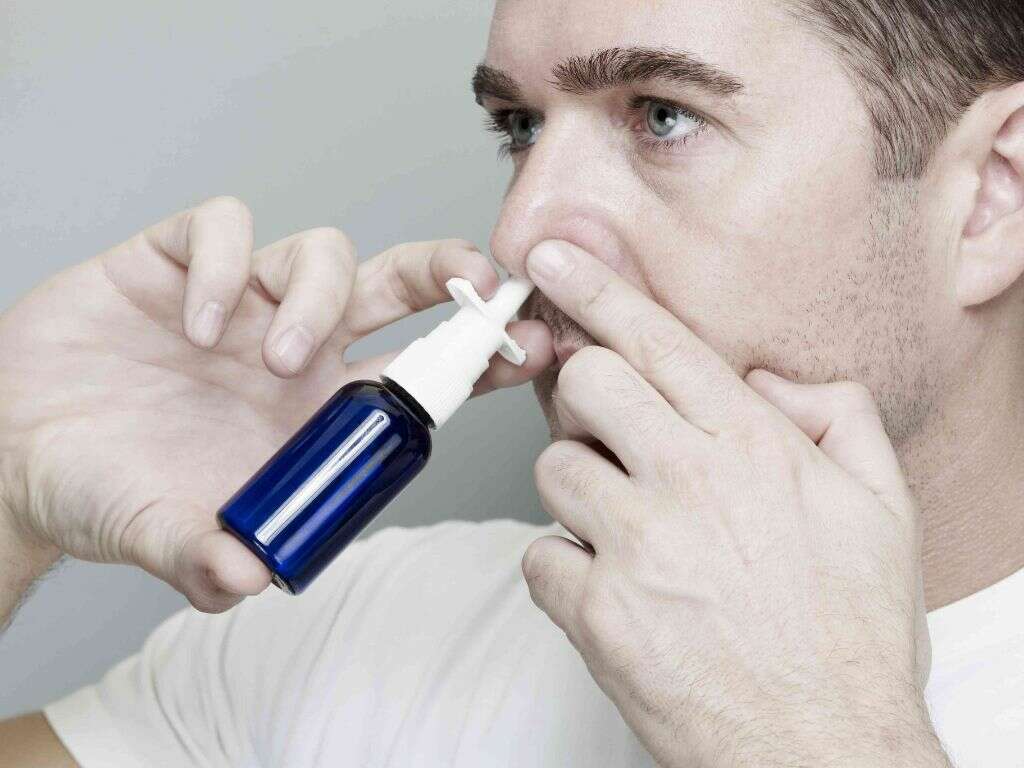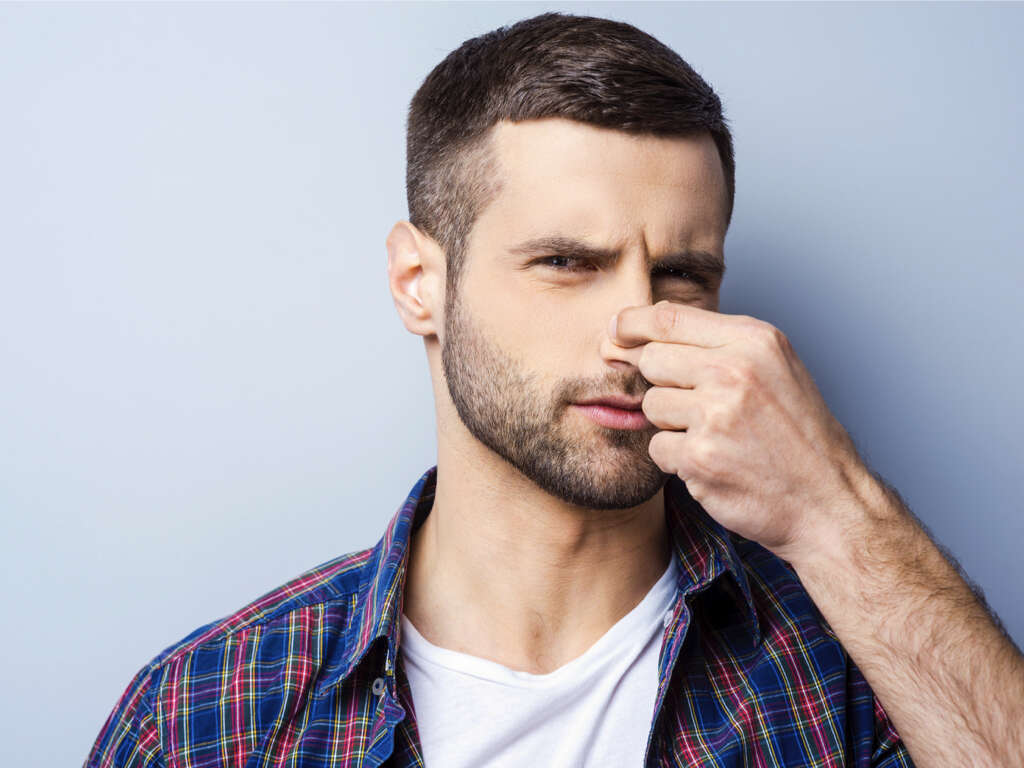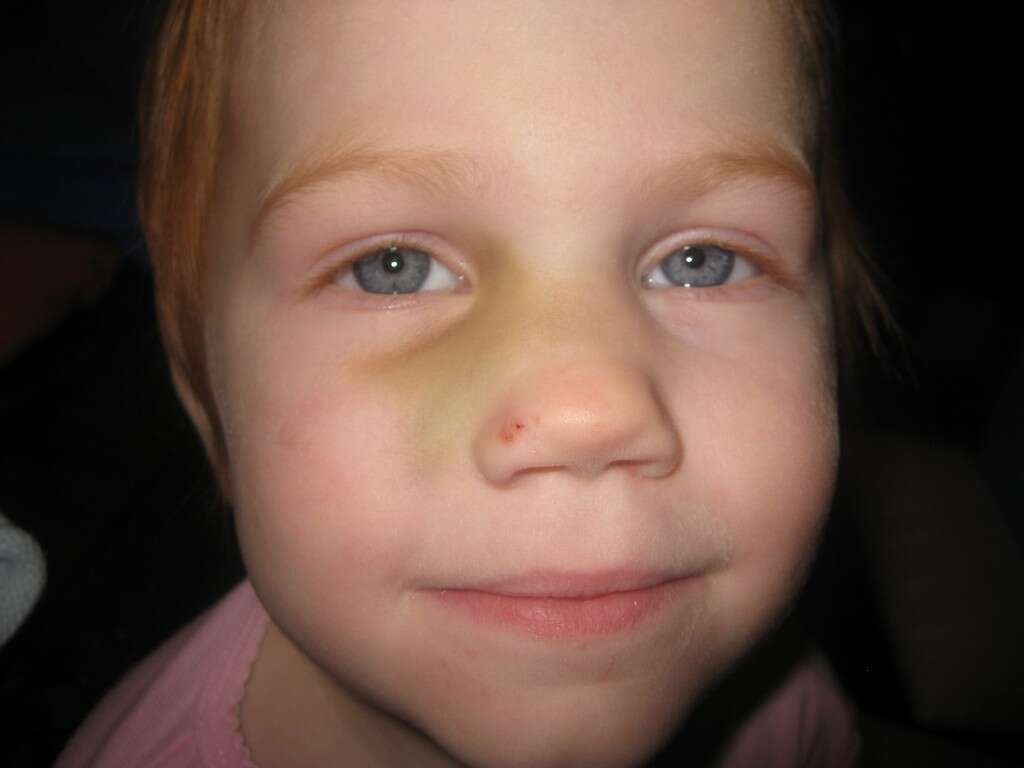What Is a Deviated Septum?
Depending on the size of our nose, it will protrude quite far from our face. As such, they make up a big part of how we look aesthetically, but they also serve a very important practical function. They help us to take in the oxygen that we need to survive, and they allow us to use our sense of smell.
The nose is separated down the middle into two separate chambers that are usually of roughly equal size, but this is not always the case. Some people will have a condition known as a deviated septum, and this can cause a number of problems for them.
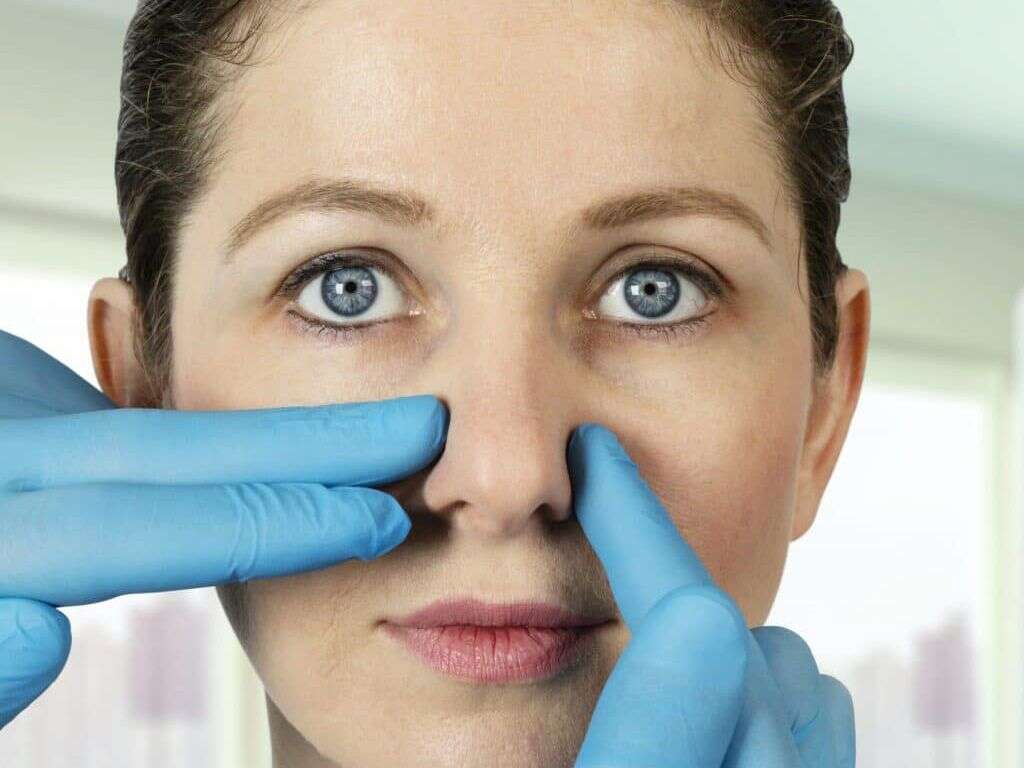
1. Septum
If you feel your nose, you will find that there is a hard ridge that runs from the top to the bottom in the center. This is also very noticeable in a lot of people visibly and, depending on the size and shape, it can cause people to have a “big nose.”
This is made from bone at the top and cartilage at the bottom and it helps to ensure that the nasal cavity remains open to allow air to pass through freely as needed. This ridge is known as the nasal septum, and it also helps to keep the two passages of the nose separate from each other.

2. Deviated Septum
A deviated septum is a condition where, for whichever reason, the septum is off-center or crooked. This is not at all unusual and most people do have a deviated septum. In most cases, however, the deviation is very slight and is barely noticeable to the patient.
These people will have no noticeable symptoms and many will not even be aware that they have a deviated septum at all. Many other people, however, are somewhat less fortunate and their deviation is considerably more noticeable. Not only does this not look good aesthetically, but it can also lead to a number of unwanted symptoms.
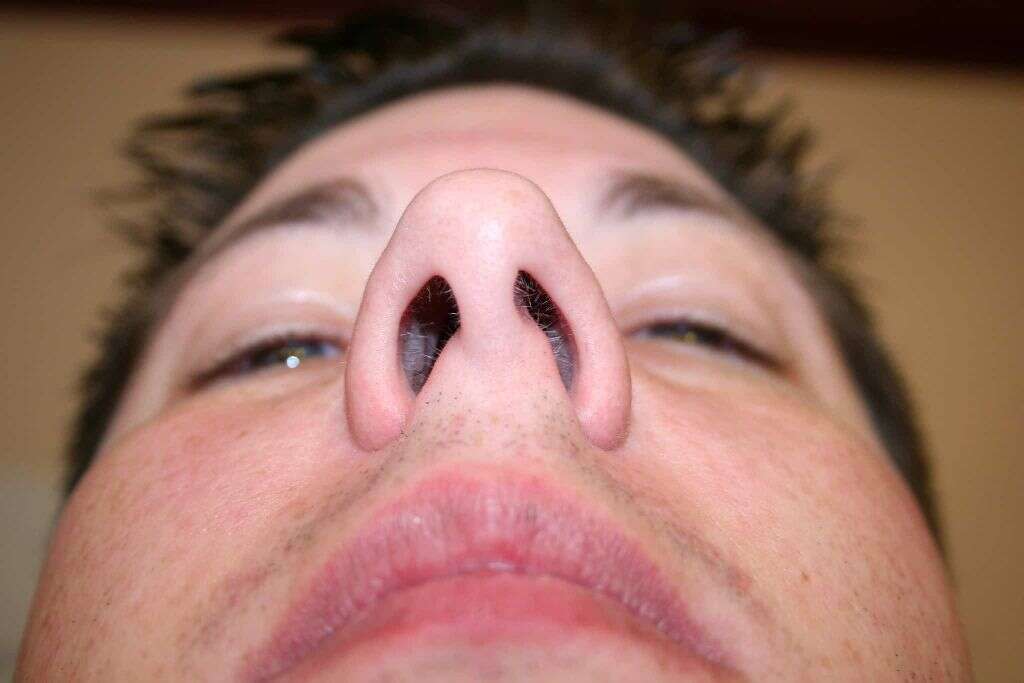
3. From Birth
Some people will have a deviated septum simply because they were born that way. This might be genetic, or it might be that the patients septum was somehow damaged during their development in the womb. In some instances, the septum might even be damaged during the process of giving birth. If the deviation is serious enough then the problem will be treated as a matter of urgency.
Doctors will understandably be reluctant to operate on young children, however, so it is usually left until later life. There is also a chance that the severity of the condition will become less severe as the child grows.

4. Injury
The noses location on the front of the face, and the way it protrudes, means that it is prone to trauma that can injure it. People involved in certain sports such as rugby and boxing are especially prone to having their septum broken. If it is broken during a sporting event, it will often be corrected immediately to help it set straight.
In some cases, the injury can cause a deviation in the septum that cause some unwelcome complications. If this is the case, then it may be necessary for the patient to have surgery to overcome these complications, and for aesthetic reasons.
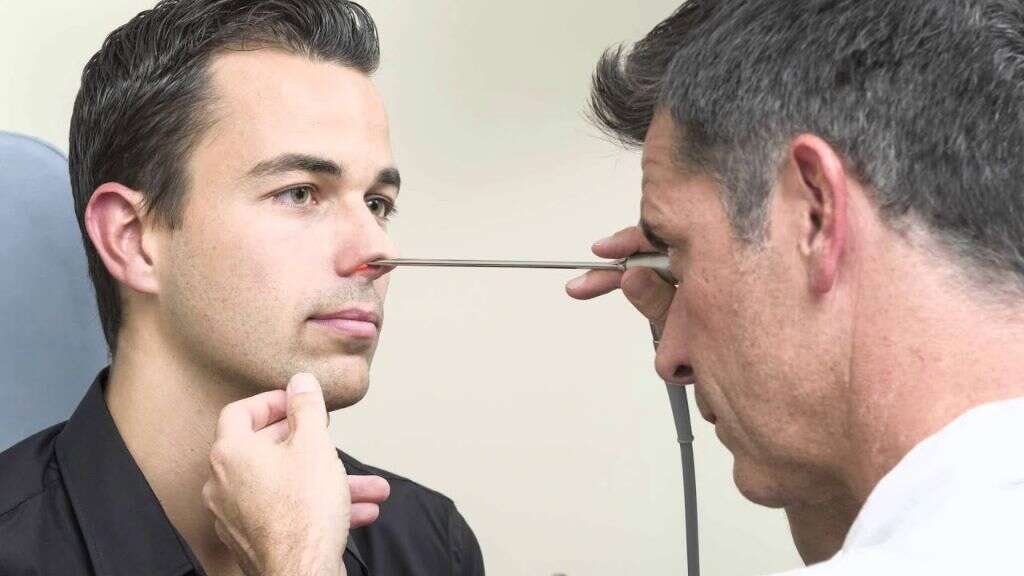
5. Congestion
As mentioned, a deviated septum can result in a number of unwelcome symptoms for the patient. Perhaps the most common of all these symptoms is nasal congestion. With one side of the nasal cavity narrower than the other, air may not find it easy to pass through, making it difficult to breathe.
In addition, this can also lead to the sinuses becoming infected regularly, and this will result in a number of other unwelcome symptoms. Symptoms of a sinus infection include fever, chills, headache, cough, fatigue, and bad breath. Sinus infections are treatable and not usually something to be concerned about.

6. Facial Pain
Another unwelcome symptom of a deviated septum is that it can cause considerable pain for the patient. This is especially the case if it has been acquired recently thanks to an injury. The pain is sometimes enough to compel the patient to do something about the deviation to help relieve them of the pain.
Some patients may also find that the pain they experience from a deviated septum gradually gets worse over time. In addition to face pain, a deviated septum can also sometimes cause a headache. If these symptoms are becoming too uncomfortable for you then you should speak with a medical professional for advice on what to do.

7. Nosebleeds
The walls of our nasal cavities internally are quite thin. This is one reason why nosebleeds are quite common, and even a high blood pressure can sometimes mean the tissues are broken and the blood is allowed to flow out. Nosebleeds are also quite common among people who have a deviated septum, especially when it is down to a recent injury.
Not only can the misalignment cause the fragile skin to break easily, but congestion and other problem may cause the patient to scratch and blow a lot, which would also contribute to the problem. If you experience nosebleeds regularly and you don’t know why, make an appointment with a medical professional.

8. Postnasal Drip
Our nasal cavities are lined with a type of mucus (snot) that helps to clean the air as we breathe it in. We will notice this mucus occasionally, especially when we are ill and the mucus is produced in larger than usual volumes. We can also notice it when we develop a condition known as postnasal drip.
Postnasal drip is a condition where excess mucus continually drips down the back of the patients throat as it is disposed of. This causes a number of unwelcome symptoms, include a sore throat, bad breath, a cough, nausea, and the need to keep on clearing the throat.

9. Sleep Apnea
Sleep apnea is a condition that causes the patient to temporarily stop breathing at night, causing them to keep on waking. It is not as dangerous as it might sound, except in extreme cases, because the patient starts breathing again as soon as they wake. This can lead to sleepless nights, while loud snoring is another symptom of the condition.
There are different causes of sleep apnea, and the most common is a temporary physical blockage of the airways. Devices are available that may be able to help people with sleep apnea get a good nights sleep, while surgery may be necessary in extreme cases.

10. Treatment
Depending on the severity of the condition, the symptoms are often relieved with medication. If medication is not enough, though, then surgery may be necessary. In this case, a septoplasty may be performed to correct the deviated septum.
This operation is fairly straightforward and the patient will not usually have to stay in the hospital as an inpatient. Quite often, a septorhinoplasty is performed, which basically means that the operation helps improve the patients aesthetic appearance in addition to the practical function of their nose. It is normal to wait until the patient has stopped growing before the procedure is performed.






